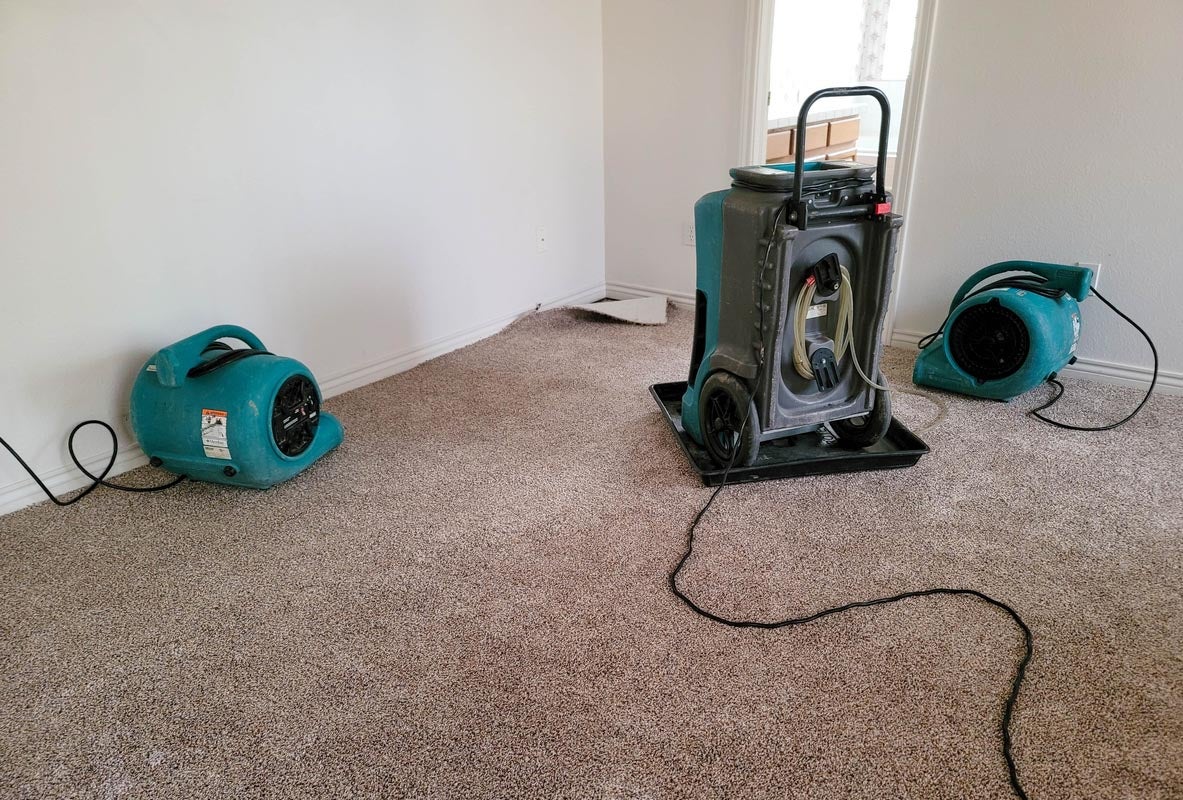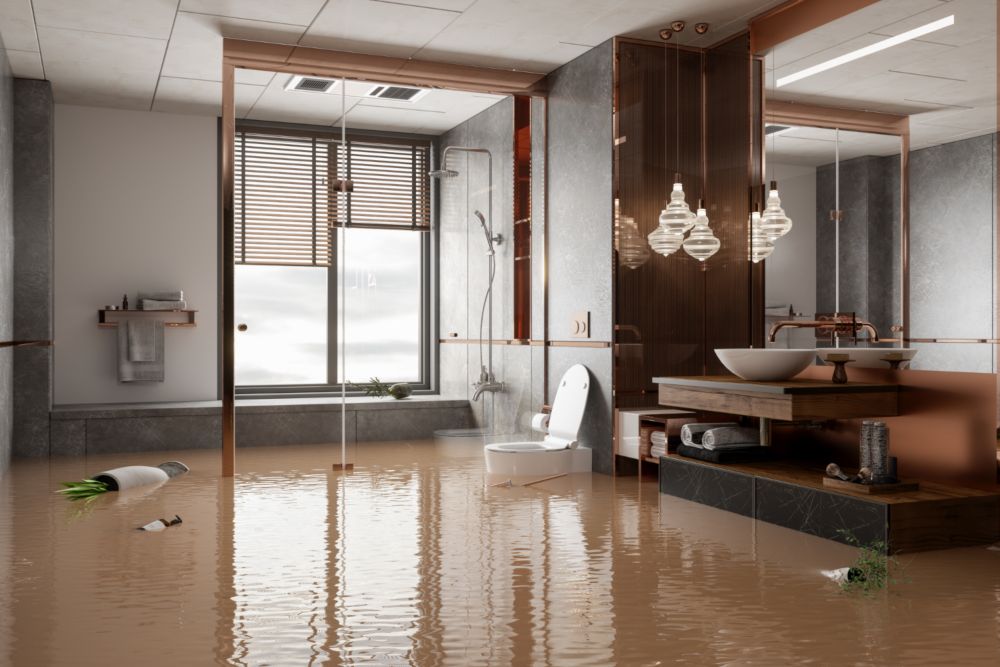Strategic Mold Inspection Philadelphia: Identifying and Addressing Mold Problems
Emergency Situation Water Damages Remediation: Swift Action to Minimize Additional Damage
Water damages can strike all of a sudden and leave destructive results on homes and businesses. When faced with such a circumstance, a speedy reaction is critical to minimize additional damages and avoid prospective carcinogen. What exactly does emergency situation water damages repair involve? In this conversation, we will certainly dig into the significance of instant action, the analysis process, the steps associated with water removal and drying, mold and mildew prevention and remediation, and inevitably, the repair of the affected location. By comprehending the urgency and thorough nature of this procedure, you will obtain useful insights into exactly how professionals take on emergency water damages, making sure a swift and efficient response.
Value of Swift Reaction
Swift action is of utmost value in water damage repair to reduce more damage and minimize prospective threats. When water damage takes place, whether due to a ruptured pipe, an all-natural disaster, or any kind of other unforeseen occasion, time is important. The longer water sits in a structure, the even more damage it can cause. This is why it is critical to act swiftly and efficiently to eliminate the water and start the reconstruction procedure.
One of the major factors swift reaction is vital in water damage restoration is to protect against the development of mold and mold. Mold not only creates additional damage to the framework of the building yet likewise positions wellness dangers to residents.
Additionally, a punctual reaction can aid salvage and bring back important valuables and possessions - mold inspection philadelphia. Water damage can be ravaging, especially when it influences personal things of emotional or financial worth. Performing quickly permits experts to assess the damages and implement proper restoration strategies to salvage as high as possible. This not just helps to lessen financial losses yet also brings comfort to those impacted.
Evaluating the Degree of Damages

During the assessment, restoration professionals completely take a look at the damaged location to determine noticeable indicators of damages, such as water discolorations, deformed products, and mold and mildew development. They additionally use specialized equipment to spot concealed damages, such as dampness meters and thermal imaging cams. This thorough analysis permits them to properly figure out the degree of the damage and develop a tailored reconstruction strategy.
Since it assists professionals prioritize their initiatives,Examining the degree of water damage is crucial. They can determine areas that require prompt focus, such as standing water elimination and drying, to avoid further damage and minimize the threat of mold growth. They can additionally establish the areas that need fixings or substitute, making sure that no damage goes undetected or neglected.

Water Extraction and Drying Out Process
The water removal and drying procedure is an essential action in water damage reconstruction, as it includes the Click Here elimination of excess water and the extensive drying out of the afflicted area to avoid more damages and mitigate the danger of mold growth. After assessing the degree of the water damages, the following step is to draw out the water from the damaged area. This is commonly done using specific tools such as vacuum cleaners, dehumidifiers, and pumps. These tools are created to successfully and efficiently eliminate water from numerous surface areas, including wall surfaces, carpetings, and floorings.
This action is essential in preventing second damages, such as architectural damage and the growth of mold and mildew and mold. The drying process may take numerous days, depending on the level of the water damage and the products entailed.
It is crucial to make certain that the damaged location is totally dry prior to continuing with any type of repair work or reconstruction. Failing to completely dry the location can bring about lasting problems, including weakened frameworks, moldy odors, and the development of mold and mold. Professional water damage reconstruction firms employ moisture detection devices to guarantee that the damaged area is completely dry before continuing to the following step.
Mold And Mildew Prevention and Remediation
Reliable mold and mildew prevention and remediation are critical in water damages restoration to make sure the safety and security and honesty of the affected area. home inspector philadelphia. When water damages occurs, whether from a burst pipe, flooding, or a leaky roofing system, it produces an excellent setting for mold and mildew development. Mold and mildew can begin to create within 24 to 2 days after water damages, and if left neglected, it can spread rapidly and trigger major wellness dangers
To avoid mold and their website mildew growth, it is necessary to attend to water damage quickly. The initial step is to recognize and fix the resource of the water breach. As soon as the resource is taken care of, the afflicted area ought to be thoroughly dried out to protect against moisture from sticking around. This may entail using dehumidifiers, air moving companies, and various other specific devices to remove excess dampness from the air and surface areas.
In instances where mold and mildew development has already occurred, removal is essential to get rid of the mold and stop its return. This includes the cautious removal and disposal of afflicted materials, such as drywall or carpeting, to guarantee that all traces of mold are gotten rid of. It is crucial to keep in mind that mold removal need to be executed by specialists who have the required training and tools to safely handle and get rid of mold and mildew.
Bring Back the Affected Location

To start with, it is vital to thoroughly dry the location to avoid any further damage and to hinder the growth of mold and mildew and mold. This may include making use of specialized drying out tools, such as dehumidifiers and industrial-grade fans, to remove all wetness from the afflicted surface areas.
As soon as the area is completely dry, the repair procedure can start. This might involve repairing or replacing damaged architectural aspects, such as ceiling, flooring, or drywall tiles. It is very important to attend to any kind of underlying concerns that might have created the water damage, such as leaky pipelines or faulty plumbing, to avoid future occurrences.
Furthermore, recovering the damaged location might likewise consist of repainting wall surfaces, replacing harmed fixtures, and thoroughly cleaning and disinfecting the room. This makes certain that not just is the location structurally sound, but it is also cosmetically pleasing and secure for tenancy.
Final Thought
Examining the degree of damage permits for efficient water removal and drying a knockout post out processes to be applied. Generally, timely activity and extensive repair measures are crucial to mitigating the adverse impacts of water damages.
Swift reaction is of utmost importance in water damage restoration to decrease further damages and mitigate prospective risks.Throughout the assessment, reconstruction experts extensively analyze the damaged area to determine noticeable signs of damage, such as water discolorations, warped materials, and mold and mildew growth.The water extraction and drying procedure is an essential action in water damages restoration, as it includes the elimination of excess water and the detailed drying of the affected area to stop more damage and minimize the risk of mold growth. After examining the level of the water damages, the next action is to draw out the water from the affected area.Reliable mold and mildew prevention and removal are essential in water damages restoration to guarantee the safety and honesty of the damaged location.